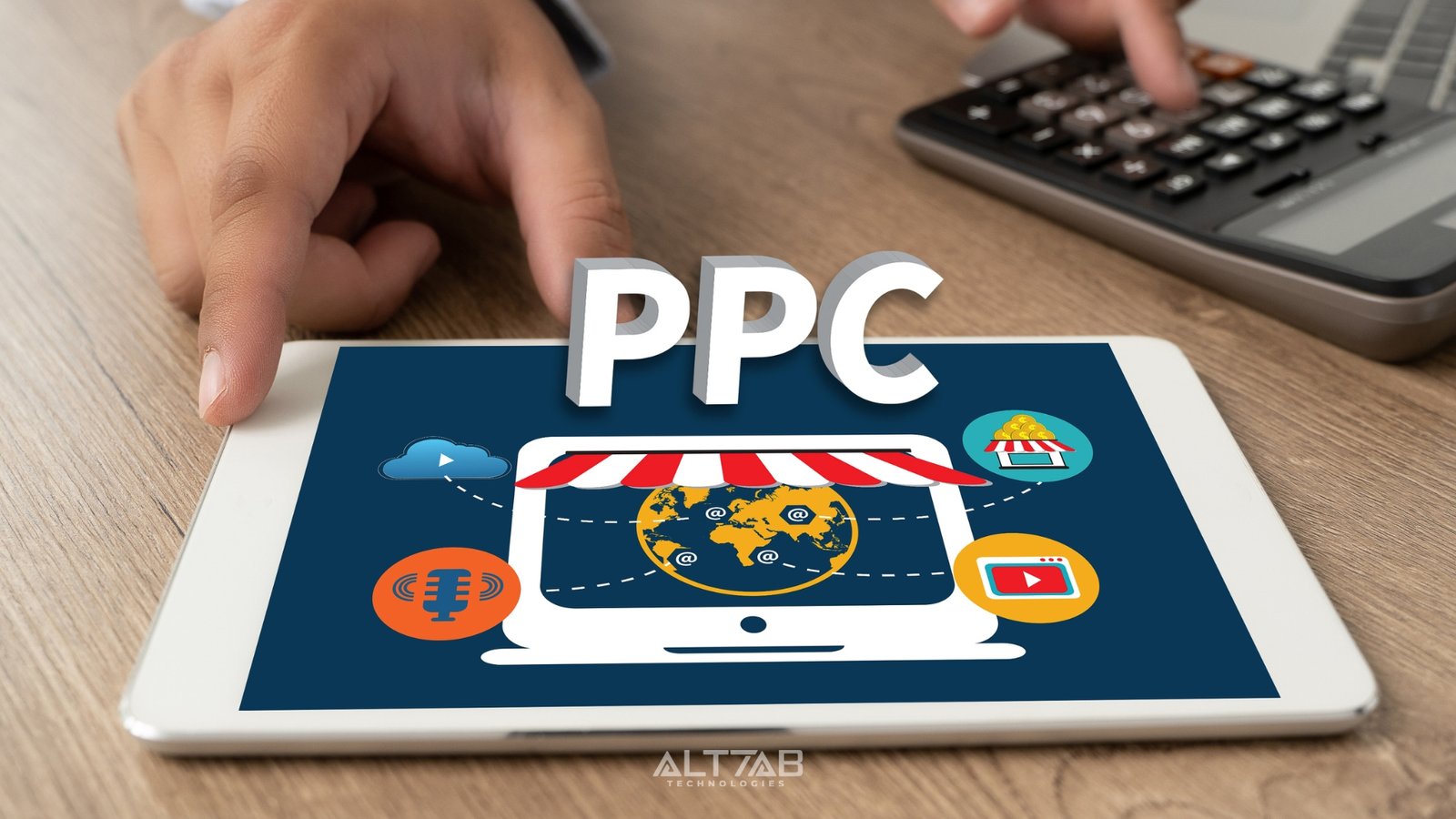Are you looking to boost your small business’s online presence and drive more targeted traffic to your website? PPC advertising for small businesses can be a game-changer, providing immediate visibility and measurable results. This guide will walk you through everything you need to know to optimize PPC advertising and get the most ROI for your small business.
What is PPC Advertising for Small Businesses?
PPC advertising for small businesses is a digital marketing strategy where advertisers pay a fee each time their ad is clicked. For small businesses, PPC is an effective way to compete with larger companies by targeting specific audiences and driving traffic to your website. PPC ads can appear on search engines like Google and Bing, as well as on social media platforms like Facebook, Instagram, and LinkedIn.Benefits of PPC Advertising for Small Businesses
1. Cost-Effective Marketing: PPC allows you to control your budget by setting a maximum cost-per-click (CPC) and total spend. You only pay when someone clicks on your ad, ensuring your marketing dollars are spent on interested users. 2. Targeted Advertising: PPC platforms offer precise targeting options, including demographics, location, interests, and search keywords. This ensures your ads reach the right audience at the right time. 3. Quick Results: Unlike SEO, which can take months to show results, PPC campaigns can start driving traffic to your website almost immediately after they go live. 4. Measurable ROI: PPC provides detailed analytics, allowing you to track the performance of your campaigns. You can measure metrics like click-through rates (CTR), conversion rates, and return on investment (ROI) to optimize your strategies.Setting Up Your First PPC Advertising Campaign
1. Define Your Goals: Before launching a PPC campaign, determine what you want to achieve. Common goals include increasing website traffic, generating leads, or boosting sales. 2. Choose the Right Platform: Depending on your target audience and goals, select a PPC platform that aligns with your business needs. Google Ads is great for search intent, while Facebook Ads can target users based on interests and behaviors. 3. Conduct Keyword Research: Use tools like Google Keyword Planner to identify relevant keywords that your target audience is likely to search for. Focus on keywords with a good balance of search volume and competition. 4. Create Compelling Ad Copy: Your ad copy should be concise, engaging, and include a clear call-to-action (CTA). Highlight the unique benefits of your product or service to attract clicks. 5. Design Landing Pages: Ensure that the landing pages your ads link to are optimized for conversions. They should be relevant to the ad content, load quickly, and include a strong CTA. 6. Set Your Budget and Bids: Determine how much you’re willing to spend on your campaign and set your daily or monthly budget. Use automated bidding strategies or set manual bids based on your target cost-per-click (CPC).Optimizing Your PPC Advertising Campaign
1. Monitor Performance Regularly: Keep an eye on key metrics like CTR, conversion rates, and cost-per-conversion. Regular monitoring helps identify what’s working and what needs adjustment. 2. A/B Testing: Continuously test different ad copies, headlines, and landing pages to see which versions perform best. A/B testing helps refine your approach and improve results over time. 3. Adjust Targeting: Use the data from your campaigns to fine-tune your audience targeting. Exclude demographics or locations that aren’t performing well and focus more on those that are. 4. Optimize Keywords: Regularly review your keyword list and make adjustments based on performance. Add negative keywords to prevent your ads from showing for irrelevant searches. 5. Improve Quality Score: Google Ads uses Quality Score to measure the relevance and quality of your ads and landing pages. Higher Quality Scores can lead to lower CPCs and better ad placements. Focus on improving ad relevance, expected CTR, and landing page experience.Advanced PPC Advertising Strategies for Small Businesses
1. Remarketing Campaigns: Target users who have previously visited your website but didn’t convert. Remarketing helps keep your brand top-of-mind and encourages repeat visits. 2. Dynamic Search Ads: Automatically generate ads based on the content of your website. This strategy helps cover keyword gaps and can improve ad relevance. 3. Geo-Targeting: Focus your ad spend on specific geographic locations where your target audience is concentrated. This is especially useful for local businesses. 4. Schedule Ads: Run your ads during peak times when your target audience is most active. Analyzing your performance data can help identify the best times to schedule your ads. 5. Use Ad Extensions: Enhance your ads with additional information like site links, callouts, and location extensions. Ad extensions can improve your ad’s visibility and click-through rates.Measuring Success and ROI
1. Track Conversions: Set up conversion tracking to measure actions like purchases, sign-ups, or contact form submissions. Conversion tracking helps determine the effectiveness of your PPC campaigns. 2. Analyze Analytics: Use tools like Google Analytics to gain insights into user behavior on your website. Analyzing metrics such as bounce rate, average session duration, and pages per session can help optimize your PPC campaigns. 3. Calculate ROI: To understand the financial impact of your PPC campaigns, calculate the ROI by comparing the revenue generated from your campaigns to the total cost. This helps determine the profitability of your advertising efforts.Conclusion
PPC advertising offers small businesses a powerful way to increase their online presence, drive targeted traffic, and achieve measurable results. By following the steps outlined in this guide and continuously optimizing your campaigns, you can maximize your return on investment and grow your business. Start implementing these PPC advertising strategies today and watch your small business thrive in the competitive digital landscape.
PPC is a digital advertising model where advertisers pay a fee each time their ad is clicked. It helps small businesses target specific audiences and drive traffic to their websites.
Determine your marketing goals and allocate a budget that suits your financial capabilities. Start with a modest budget and scale up based on the performance of your campaigns.
Advanced strategies include remarketing campaigns, dynamic search ads, geo-targeting, scheduling ads during peak times, and using ad extensions.
Focus on creating relevant ad copy, optimizing your landing pages, and improving expected click-through rates. A higher Quality Score can lead to lower CPCs and better ad placements.




